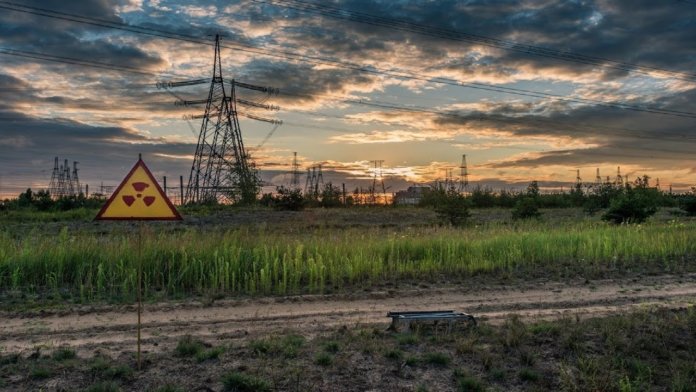Insidious and invisible - radiation scares many, especially today, when not much time has passed since the accident at the Japanese Fukushima, and the word "Chernobyl" has long become a household name.
It is possible that the top ten most radioactive places on Earth may surprise many who live unaware of the potential danger.
10. Hanford Complex
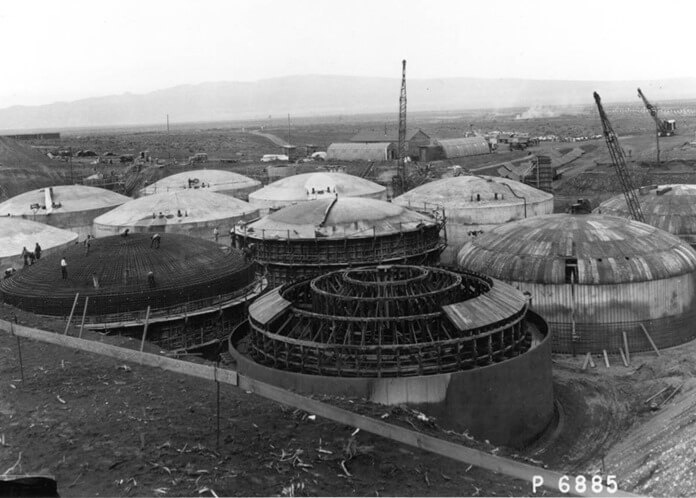 The Hanford Complex in the US state of Washington has been producing plutonium for the US nuclear program for decades. Today, two thirds of the state's radioactive waste is located here. Despite the fact that the enterprise has been decommissioned, 200 thousand liquid and 700 thousand cubic meters of solid waste remain contaminated, as well as 518 sq. km of groundwater.
The Hanford Complex in the US state of Washington has been producing plutonium for the US nuclear program for decades. Today, two thirds of the state's radioactive waste is located here. Despite the fact that the enterprise has been decommissioned, 200 thousand liquid and 700 thousand cubic meters of solid waste remain contaminated, as well as 518 sq. km of groundwater.
9. Mediterranean Sea
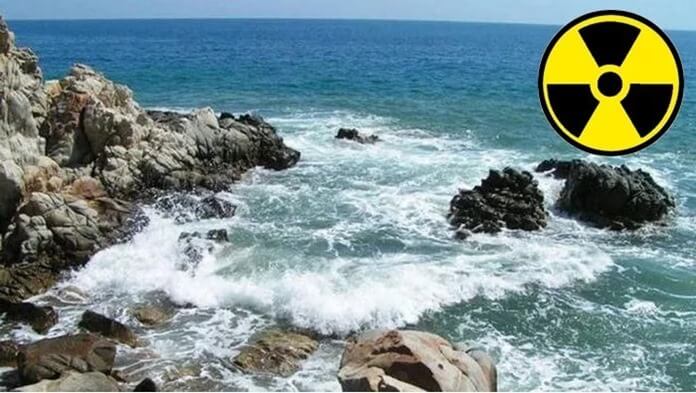 A tourist paradise or a giant hazardous waste disposal site? It is widely known that the Italian mafia has been repeatedly accused of using sea waters for the disposal of radioactive waste. About forty ships with dangerous cargo found refuge in Mediterranean waters. The whole catastrophic situation can be revealed after a while, when the integrity of the containers is violated.
A tourist paradise or a giant hazardous waste disposal site? It is widely known that the Italian mafia has been repeatedly accused of using sea waters for the disposal of radioactive waste. About forty ships with dangerous cargo found refuge in Mediterranean waters. The whole catastrophic situation can be revealed after a while, when the integrity of the containers is violated.
8. Coast of Somalia
 Also affected by the actions of the Italian mafia. Without a state protectorate, the soil and coastal waters became a repository for 600 barrels of radioactive waste. According to the UN, containers with waste were dumped on the coast of Somalia during the 2004 tsunami.
Also affected by the actions of the Italian mafia. Without a state protectorate, the soil and coastal waters became a repository for 600 barrels of radioactive waste. According to the UN, containers with waste were dumped on the coast of Somalia during the 2004 tsunami.
7. Production Association "Mayak" in Russia
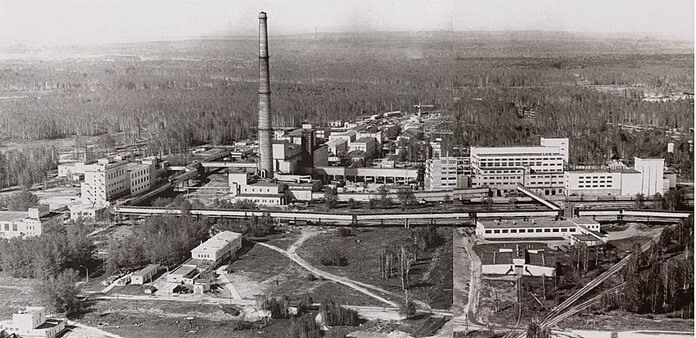 It became the site of one of the largest nuclear disasters in history. As a result of a powerful explosion in 1957, up to 100 tons of radioactive substances were thrown into the air and soil over a vast territory. The incident was carefully hidden until the 1980s of the last century. However, in addition to the accidental release, since the 1950s, Mayak has purposefully polluted the river and the beautiful Karachay Lake with its waste.
It became the site of one of the largest nuclear disasters in history. As a result of a powerful explosion in 1957, up to 100 tons of radioactive substances were thrown into the air and soil over a vast territory. The incident was carefully hidden until the 1980s of the last century. However, in addition to the accidental release, since the 1950s, Mayak has purposefully polluted the river and the beautiful Karachay Lake with its waste.
6. Sellafield Station
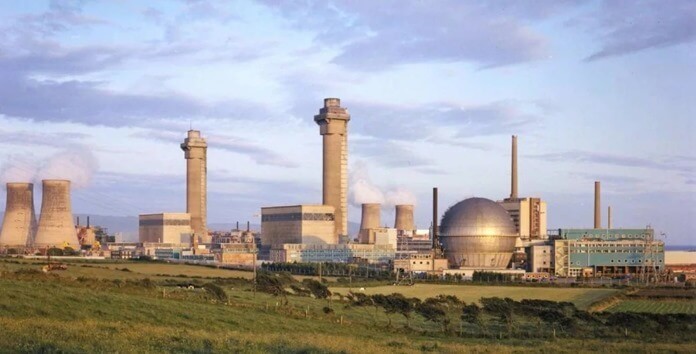 A radiation threat center on the west coast of prosperous Great Britain. Initially, the complex produces plutonium for nuclear bombs, then from a military one to a commercial enterprise. Two-thirds of Sellafield's buildings are radioactive waste storage. Daily discharge of 8 million liters of toxic substances makes the Irish Sea the most radioactive in the world
A radiation threat center on the west coast of prosperous Great Britain. Initially, the complex produces plutonium for nuclear bombs, then from a military one to a commercial enterprise. Two-thirds of Sellafield's buildings are radioactive waste storage. Daily discharge of 8 million liters of toxic substances makes the Irish Sea the most radioactive in the world
5. Siberian chemical plant
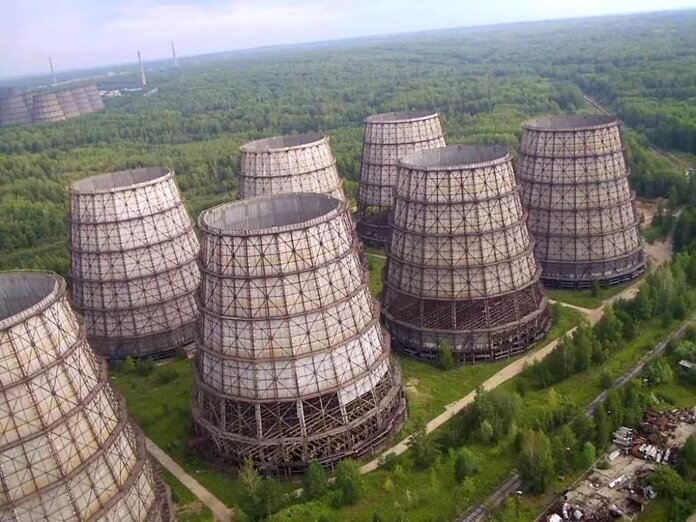 Unfortunately, Mayak is not the only place contaminated with radiation in Russia. The Siberian Chemical Combine has been storing toxic waste for over four decades. The deplorable condition of containers containing hazardous substances can lead to contamination of soil and groundwater.
Unfortunately, Mayak is not the only place contaminated with radiation in Russia. The Siberian Chemical Combine has been storing toxic waste for over four decades. The deplorable condition of containers containing hazardous substances can lead to contamination of soil and groundwater.
4. Former nuclear test site in Semipalatinsk
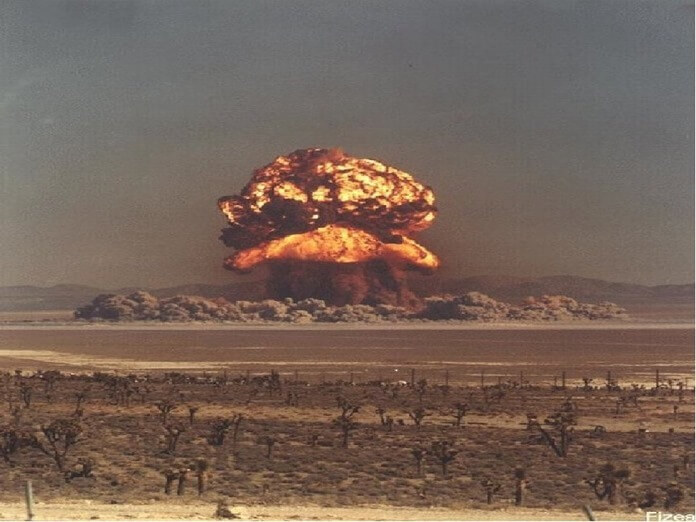 Got modern Kazakhstan inherited from the USSR. Although the site was believed to be ideal for testing nuclear weapons, the region was home to about 700,000 people. Semipalatinsk's record - 465 nuclear tests in 40 years - has no analogues in the world.
Got modern Kazakhstan inherited from the USSR. Although the site was believed to be ideal for testing nuclear weapons, the region was home to about 700,000 people. Semipalatinsk's record - 465 nuclear tests in 40 years - has no analogues in the world.
3. Uranium mines in Mailu-Suu
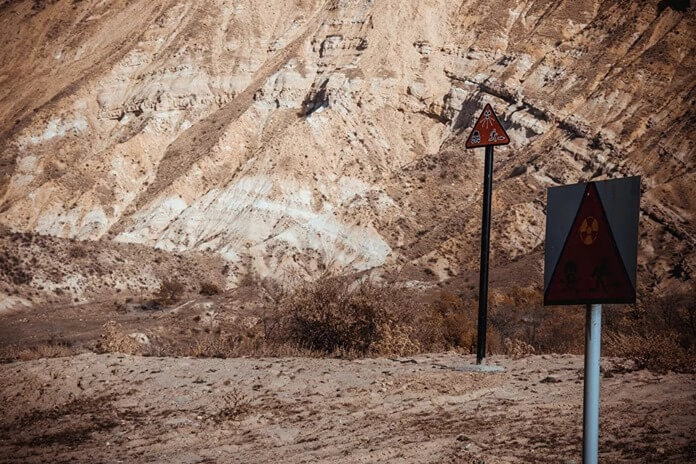 They pose a real threat to the ecology of Kyrgyzstan.The raw materials extracted here are recycled on-site, from which 36 deadly landfills are filled with waste. The danger is compounded by the region's seismic activity. An earthquake can lead to contamination of soil, water and radioactive fallout.
They pose a real threat to the ecology of Kyrgyzstan.The raw materials extracted here are recycled on-site, from which 36 deadly landfills are filled with waste. The danger is compounded by the region's seismic activity. An earthquake can lead to contamination of soil, water and radioactive fallout.
2. Chernobyl nuclear power plant
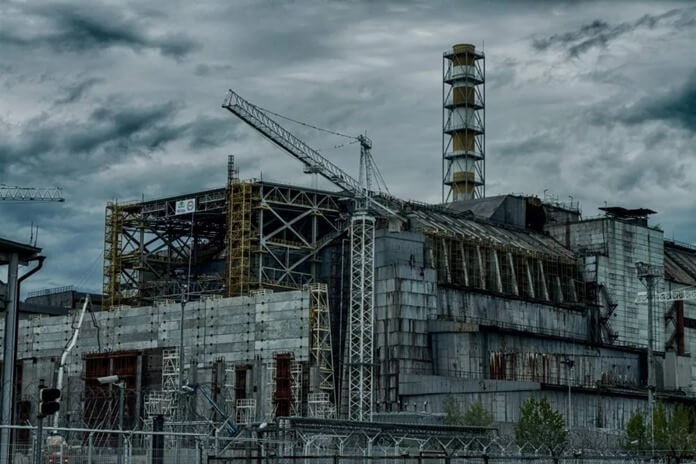 The sad notoriety of Chernobyl can serve as a reminder to everyone of the danger that radiation poses to humans. As a result of the catastrophe, more than 6 million people felt the effects of radiation, of which, according to various sources, from 4 to 93 thousand died. The ecological situation in Chernobyl today is far from ideal - these are the consequences of the emission of radiation 100 times higher than the indicators recorded during the nuclear bombing of Hiroshima and Nagasaki.
The sad notoriety of Chernobyl can serve as a reminder to everyone of the danger that radiation poses to humans. As a result of the catastrophe, more than 6 million people felt the effects of radiation, of which, according to various sources, from 4 to 93 thousand died. The ecological situation in Chernobyl today is far from ideal - these are the consequences of the emission of radiation 100 times higher than the indicators recorded during the nuclear bombing of Hiroshima and Nagasaki.
1. Fukushima NPP
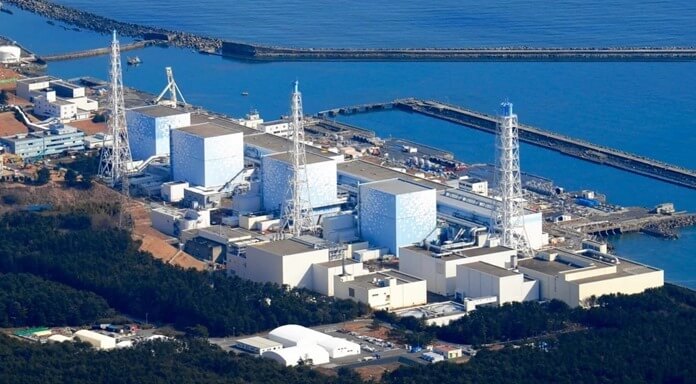 The devastation caused by the earthquake and tsunami to Japan may be only a small part of the danger that threatens the ecology of the coast in the Fukushima region. The true extent of the pollution has not been clarified until today. However, radiation was detected 320 kilometers from the crash site. Scientists have yet to assess the potential danger of this accident to future generations. It is possible that the coast of Japan is already the most radioactive place on earth.
The devastation caused by the earthquake and tsunami to Japan may be only a small part of the danger that threatens the ecology of the coast in the Fukushima region. The true extent of the pollution has not been clarified until today. However, radiation was detected 320 kilometers from the crash site. Scientists have yet to assess the potential danger of this accident to future generations. It is possible that the coast of Japan is already the most radioactive place on earth.

